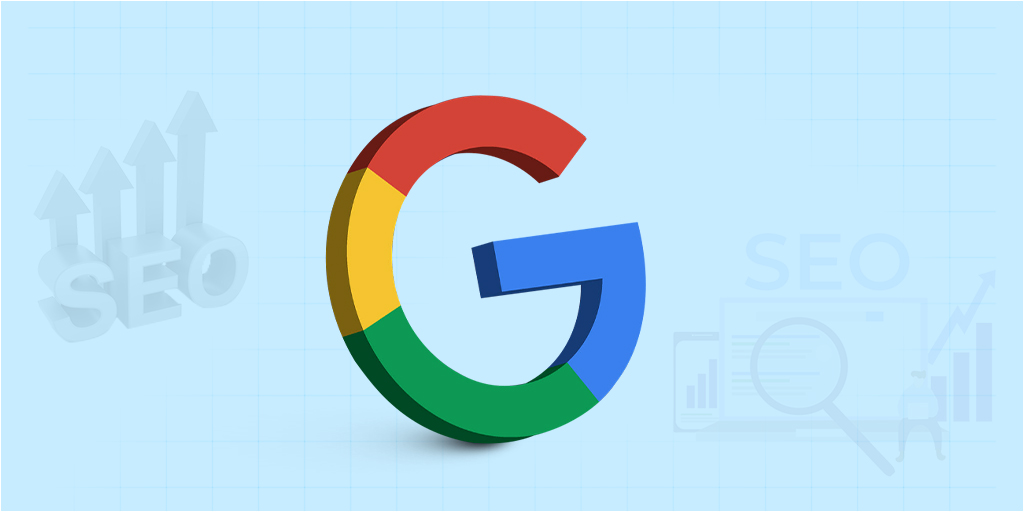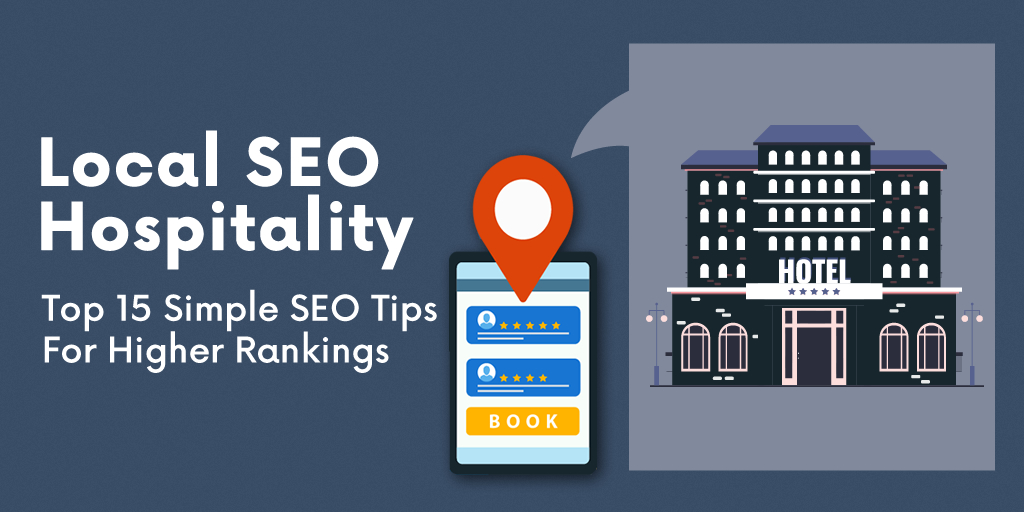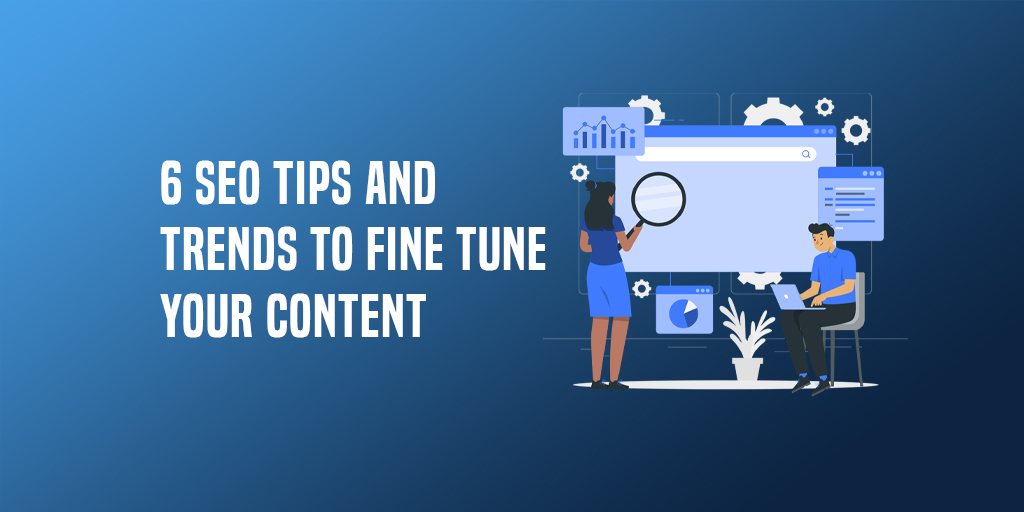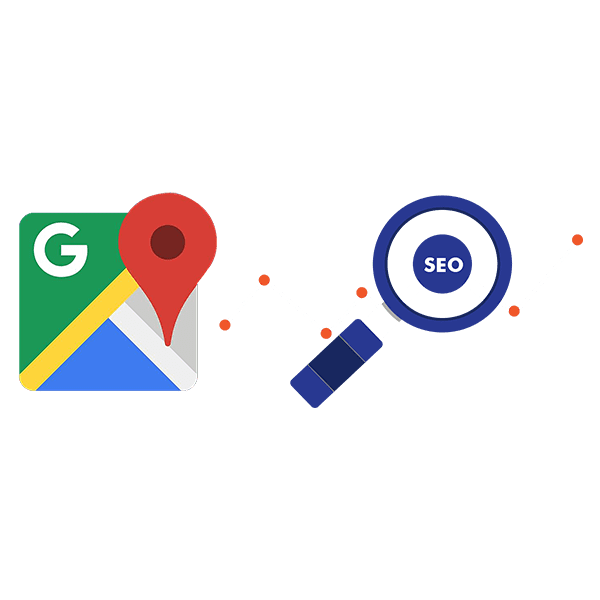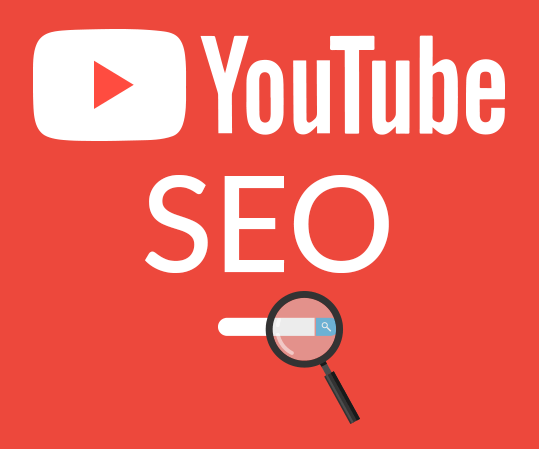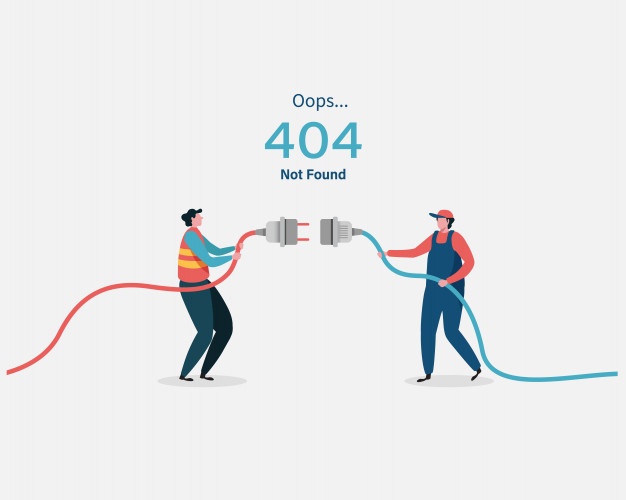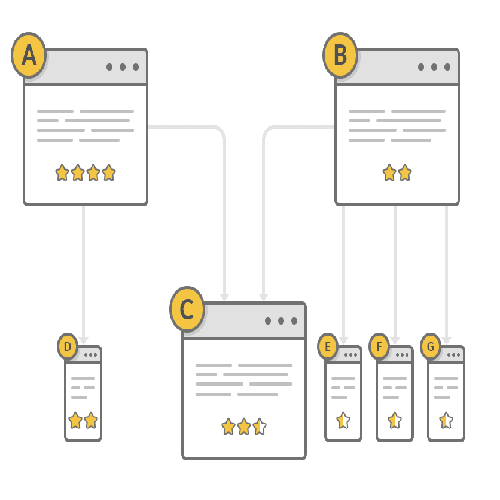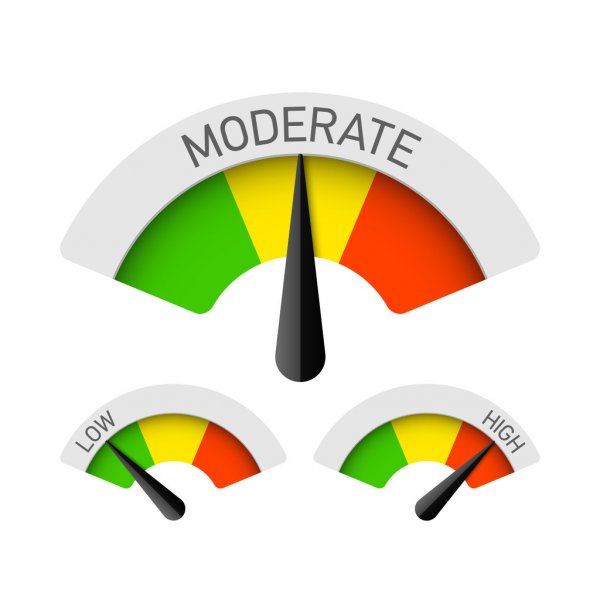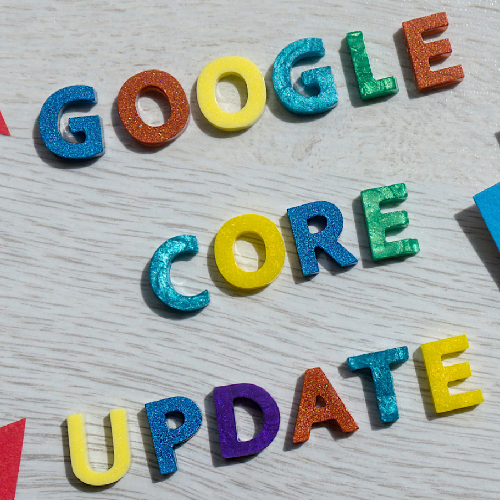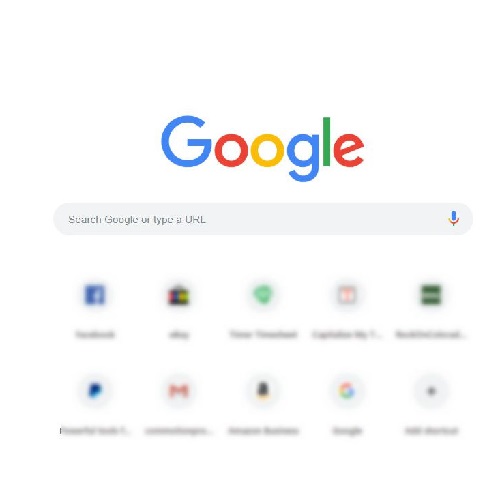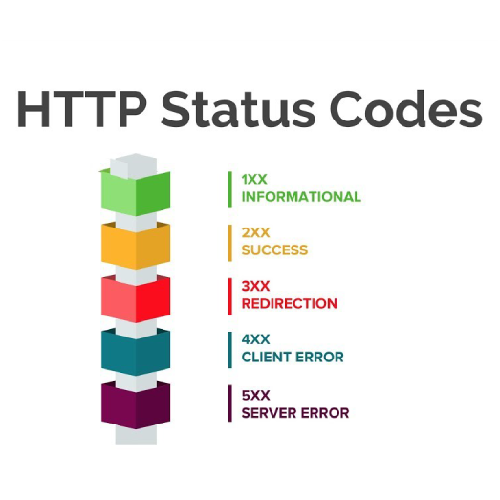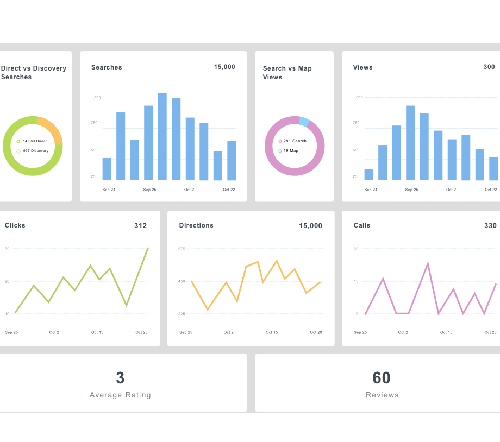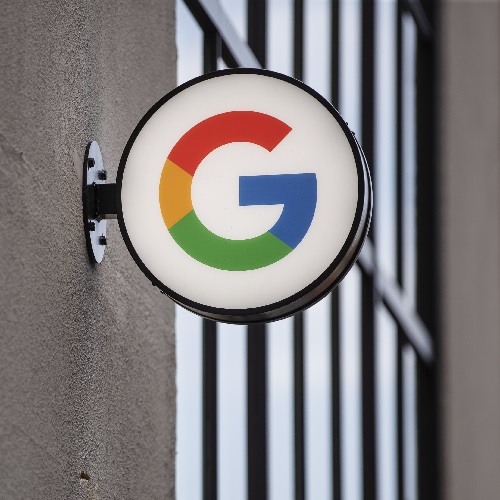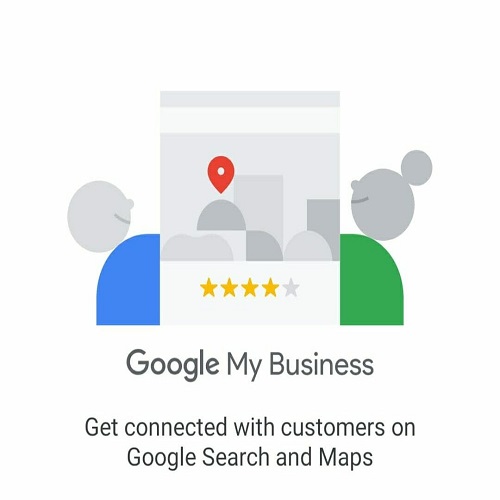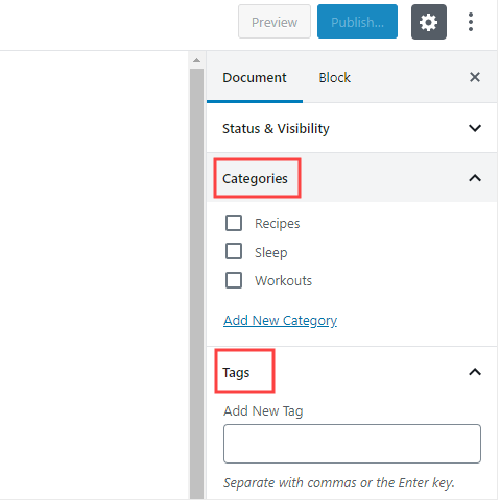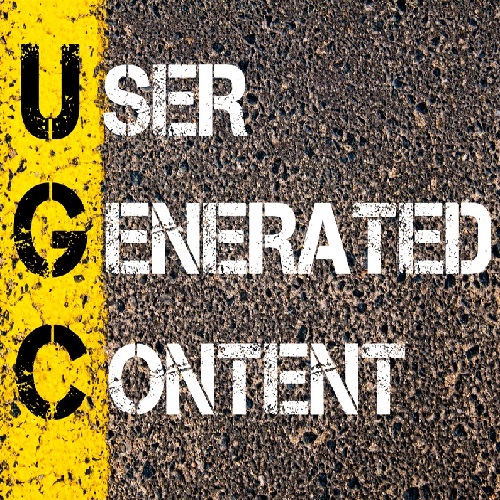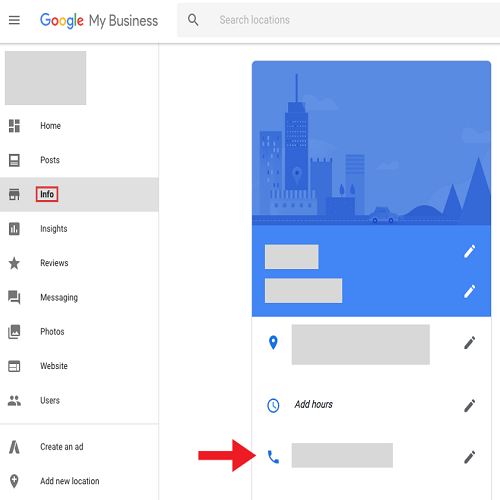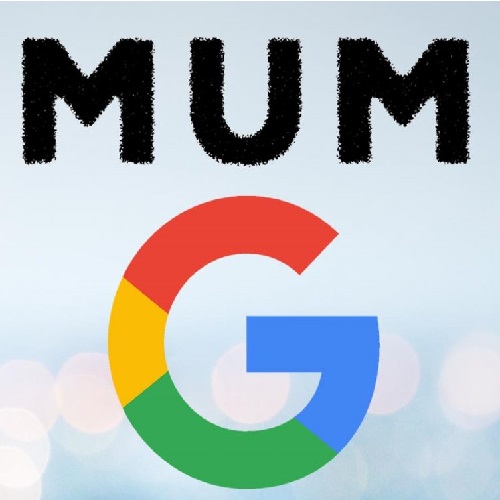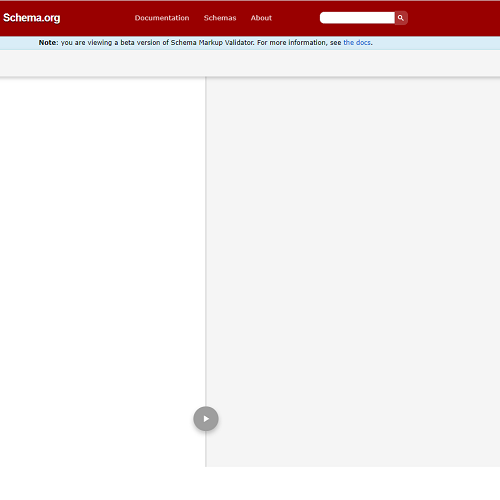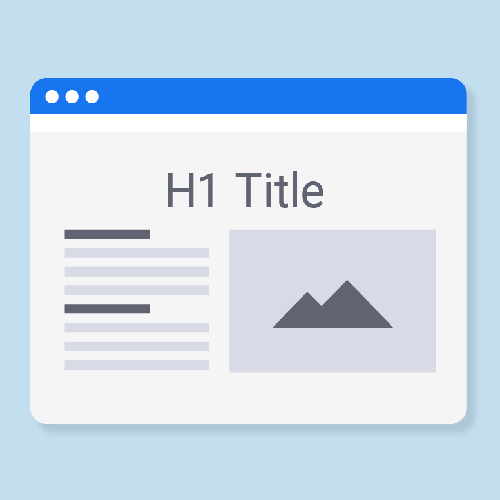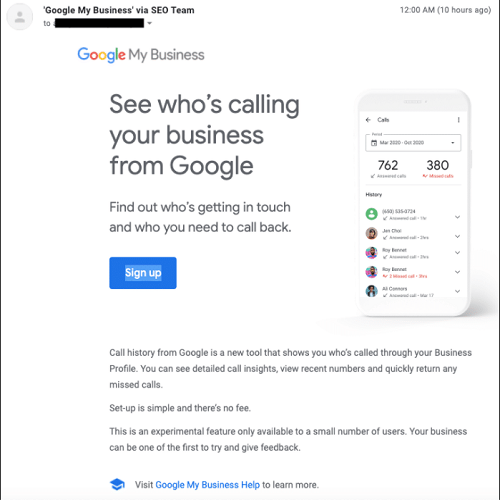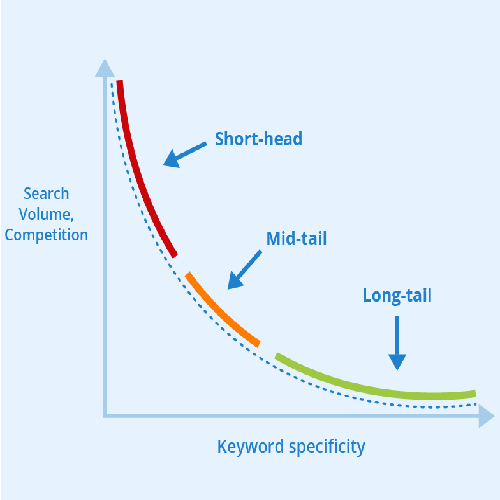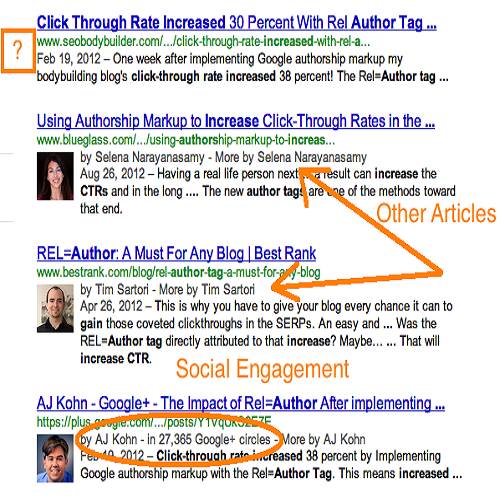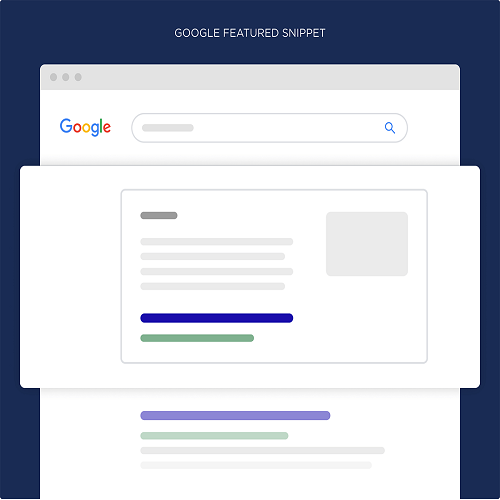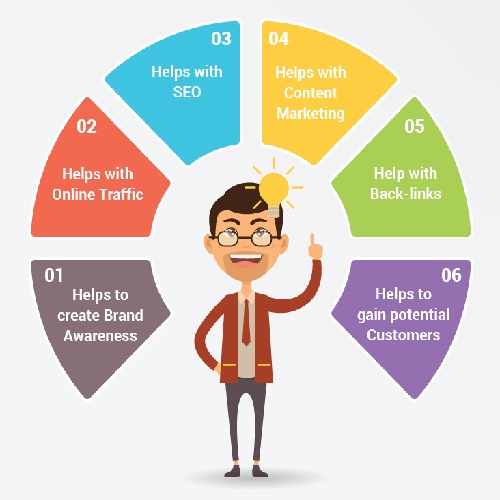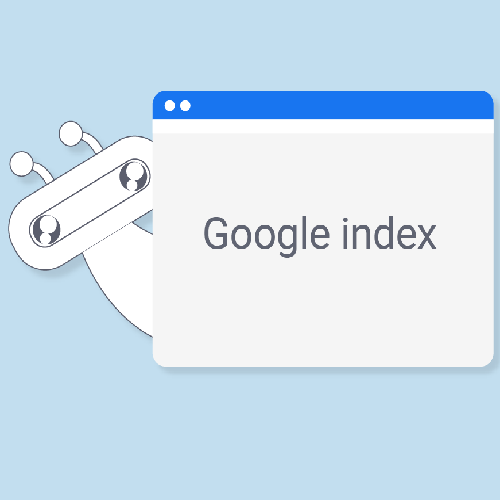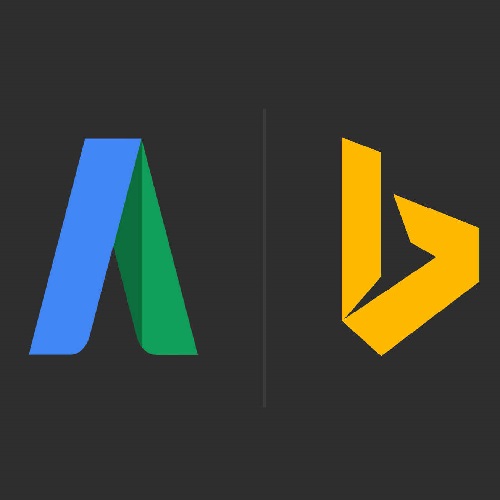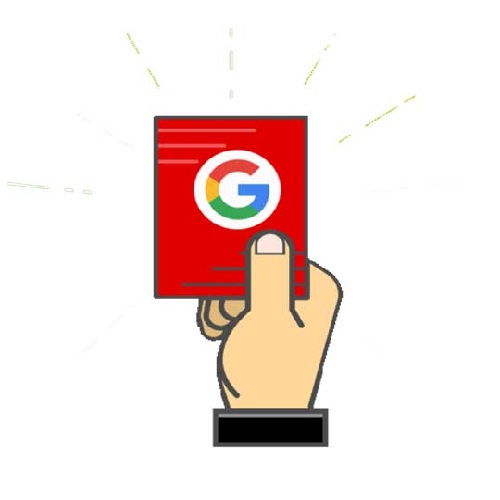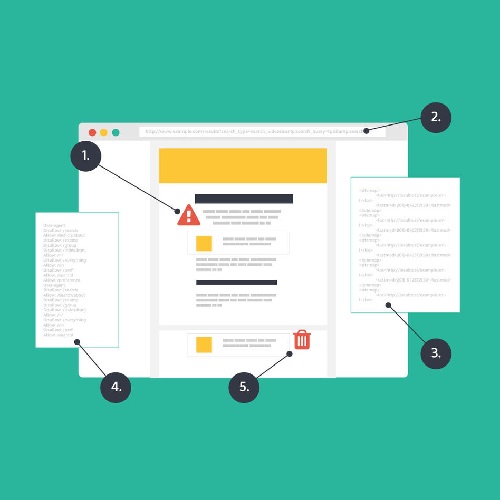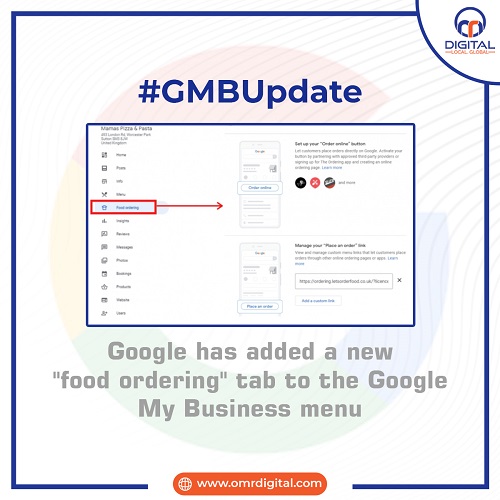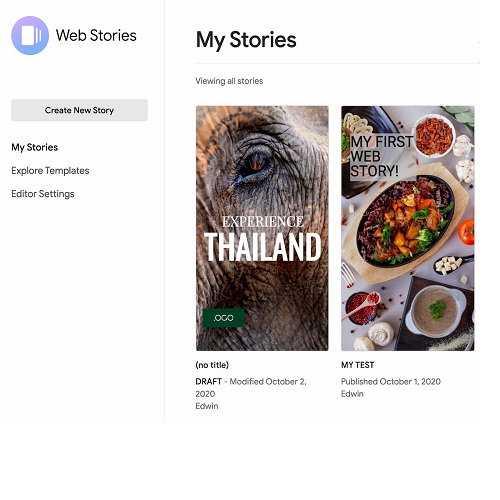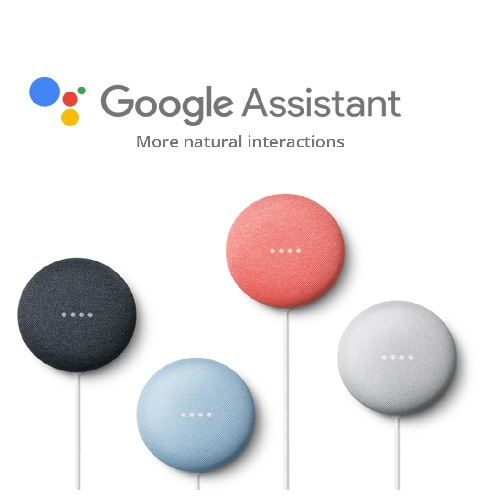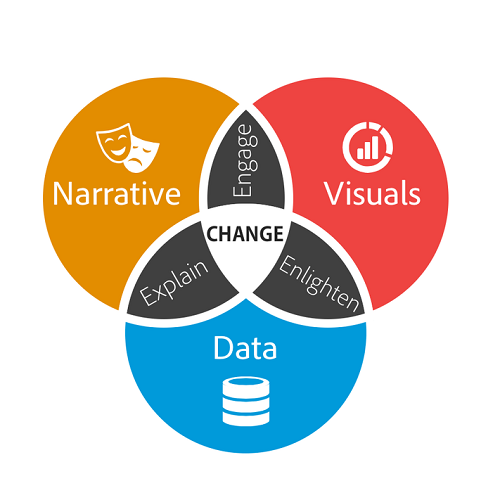
Contact Us
Related Posts
Category
What is a Meta Description, and why do you care about it?
A meta description, or meta tag in HTML, is a short snippet that summarizes the content of a webpage. The meta summary appears under the website title and URL on the search engine results page (SERP). Since it’s such an important part of on-page SEO, you should be familiar with the best practices for optimizing it. When the searched-for word is included in the definition, search engines show it in the search result listing. For instance, the word “gifts” is bolded in the example below. This is due to the fact that the keyword “gifts” was included in the quest. Google uses pixels to determine the length of meta descriptions, so keep this in mind when writing your SEO Friendly meta descriptions for the SERPs.
The screen limit is 920 pixels, or about 158 characters, and the mobile limit is 680 pixels or about 120 characters. Of course, the pixel width of each character varies, so the number of characters used isn’t absolute, whereas pixel width is. The meta description shown above is under the pixel limit (142 characters) to avoid the dreaded, unprofessional-looking cutoff ellipses (“…”), and it entices searchers to click for more details by telling them the value they will obtain if they click. When anyone shares a piece of content on social media, the meta summary snippet appears.
What Is the Meta Description Placement?
A meta definition tag appears in the HTML code as follows: To add a meta summary, however, you don’t need to be a savvy webmaster. You may avoid having to dig into the HTML code if you use a content management system like WordPress or HubSpot, which allows you to modify the meta description, title tags, and more from the general settings. Yoast, for example, is a plug-in that makes adding the meta description to your website much simpler.
What Is the Purpose of a Meta Description?
The main goal of a page’s meta description is to entice visitors from search engines and social media to visit your page. In other words, it draws visitors to your website! You can write it as a “mini-ad” for your blog, giving a sneak peek at the material. Since there are so many results from a Google search, the SEO-friendly meta description is your tiny (but valuable!) real estate space to succinctly describe what the page provides – in other words, it helps the listing to stand out if done correctly.
What are the Benefits of a Meta Description?
If written well, the SEO-friendly meta description will help increase your site’s click-through rate (CTR) from the SERPs. A well-written meta description will increase CTR, and Google does use this user-controlled metric to assess a page’s rank position, according to Google. Users will click on content that appeals to them and addresses their questions, so make sure your meta description is written with them in mind. Healthy content would be appreciated by searchers; all you have to do now is persuade them to read it. The information below explains how to write a successful meta description and increase your organic search CTR as a result.
Meta Descriptions for SEO: What to Include and What Not to Include
Let’s go over how to write a meta description now that you know what one is and why it’s relevant for your website and material. The user experience is prioritized in a good meta definition, which has the following three characteristics:
- “What is the purpose of this page?” says the user. “Why is this page the best match for my search query?” and “What makes this page the best match for my search query?”
- The primary keyword for which the page is aiming to rank. Keep in mind the bolded text.
- Content that is focused on the advantages is used.
To improve your organic search, click-through rate, write a strong meta description.
- First and foremost, provide the most crucial material. Any meta description should convey the topic — and benefit — of your page in a short amount of time. Put those terms and keywords at the top of the page if it’s about a particular product, brand, or subject.
- Create a conversational meta overview for your website. Not for search engines or algorithms, just for people. Natural language is more effective in conveying information.
- All content should be organized around the user’s benefits.
- It should be rewritten at least twice more. You’ll find better ways to incorporate more advantages, information, and value into the allocated space if you go through it a second and even third time.
Writing Meta Descriptions: Best Practices
- On desktop, the length should not exceed 920 pixels, and on phones, it should not exceed 680 pixels.
- Make use of action verbs. It’s a big hit!
- Make it exclusive and pertinent. Put the keyword in there and don’t use the same meta definition twice!
- Don’t mislead people who are looking for information. For that, they will despise you!
- Offer a gain or a solution. Make a profit!
Meta descriptions become more than just another significant ranking factor for your page if you write them like this. The only realistic action is to click on your blog post, product, or website. Good day, high click-through rate!
When it comes to HTML meta descriptions, there are a few things to stay away from.
- Keywords should not be crammed into the body of the document. You’ll be penalized if you repeat the keyword 9 times.
- Don’t use the meta description to copy and paste a big chunk of content from a website or article. Take the time to write original copy that acts as a website summary and mini-ad for your users and search engines.
- Using different descriptions on different pages and articles. This causes the search engine to become perplexed, diluting the impact. You can run a site audit to search for duplicate material in your title tags and overall page content, as well.
Conclusion
The meta description is a tiny but powerful part of search engine optimization – it’s your opportunity to outperform your competitors. Too many companies overlook this, resulting in a missed opportunity to increase CTR. Make sure your website’s meta summary is entertaining and persuasive enough to convince visitors to choose you over your competitors. After all, SEO isn’t about chasing the algorithm; it’s about providing the best possible search experience for the user.

What is a Meta Description, and why do you care about it?
A meta description, or meta tag in HTML, is a short snippet that summarizes the content of a webpage. The meta summary appears under the website title and URL on the search engine results page (SERP). Since it’s such an important part of on-page SEO, you should be familiar with the best practices for optimizing it. When the searched-for word is included in the definition, search engines show it in the search result listing. For instance, the word “gifts” is bolded in the example below. This is due to the fact that the keyword “gifts” was included in the quest. Google uses pixels to determine the length of meta descriptions, so keep this in mind when writing your SEO Friendly meta descriptions for the SERPs.
The screen limit is 920 pixels, or about 158 characters, and the mobile limit is 680 pixels or about 120 characters. Of course, the pixel width of each character varies, so the number of characters used isn’t absolute, whereas pixel width is. The meta description shown above is under the pixel limit (142 characters) to avoid the dreaded, unprofessional-looking cutoff ellipses (“…”), and it entices searchers to click for more details by telling them the value they will obtain if they click. When anyone shares a piece of content on social media, the meta summary snippet appears.
What Is the Meta Description Placement?
A meta definition tag appears in the HTML code as follows: To add a meta summary, however, you don’t need to be a savvy webmaster. You may avoid having to dig into the HTML code if you use a content management system like WordPress or HubSpot, which allows you to modify the meta description, title tags, and more from the general settings. Yoast, for example, is a plug-in that makes adding the meta description to your website much simpler.
What Is the Purpose of a Meta Description?
The main goal of a page’s meta description is to entice visitors from search engines and social media to visit your page. In other words, it draws visitors to your website! You can write it as a “mini-ad” for your blog, giving a sneak peek at the material. Since there are so many results from a Google search, the SEO-friendly meta description is your tiny (but valuable!) real estate space to succinctly describe what the page provides – in other words, it helps the listing to stand out if done correctly.
What are the Benefits of a Meta Description?
If written well, the SEO-friendly meta description will help increase your site’s click-through rate (CTR) from the SERPs. A well-written meta description will increase CTR, and Google does use this user-controlled metric to assess a page’s rank position, according to Google. Users will click on content that appeals to them and addresses their questions, so make sure your meta description is written with them in mind. Healthy content would be appreciated by searchers; all you have to do now is persuade them to read it. The information below explains how to write a successful meta description and increase your organic search CTR as a result.
Meta Descriptions for SEO: What to Include and What Not to Include
Let’s go over how to write a meta description now that you know what one is and why it’s relevant for your website and material. The user experience is prioritized in a good meta definition, which has the following three characteristics:
- “What is the purpose of this page?” says the user. “Why is this page the best match for my search query?” and “What makes this page the best match for my search query?”
- The primary keyword for which the page is aiming to rank. Keep in mind the bolded text.
- Content that is focused on the advantages is used.
To improve your organic search, click-through rate, write a strong meta description.
- First and foremost, provide the most crucial material. Any meta description should convey the topic — and benefit — of your page in a short amount of time. Put those terms and keywords at the top of the page if it’s about a particular product, brand, or subject.
- Create a conversational meta overview for your website. Not for search engines or algorithms, just for people. Natural language is more effective in conveying information.
- All content should be organized around the user’s benefits.
- It should be rewritten at least twice more. You’ll find better ways to incorporate more advantages, information, and value into the allocated space if you go through it a second and even third time.
Writing Meta Descriptions: Best Practices
- On desktop, the length should not exceed 920 pixels, and on phones, it should not exceed 680 pixels.
- Make use of action verbs. It’s a big hit!
- Make it exclusive and pertinent. Put the keyword in there and don’t use the same meta definition twice!
- Don’t mislead people who are looking for information. For that, they will despise you!
- Offer a gain or a solution. Make a profit!
Meta descriptions become more than just another significant ranking factor for your page if you write them like this. The only realistic action is to click on your blog post, product, or website. Good day, high click-through rate!
When it comes to HTML meta descriptions, there are a few things to stay away from.
- Keywords should not be crammed into the body of the document. You’ll be penalized if you repeat the keyword 9 times.
- Don’t use the meta description to copy and paste a big chunk of content from a website or article. Take the time to write original copy that acts as a website summary and mini-ad for your users and search engines.
- Using different descriptions on different pages and articles. This causes the search engine to become perplexed, diluting the impact. You can run a site audit to search for duplicate material in your title tags and overall page content, as well.
Conclusion
The meta description is a tiny but powerful part of search engine optimization – it’s your opportunity to outperform your competitors. Too many companies overlook this, resulting in a missed opportunity to increase CTR. Make sure your website’s meta summary is entertaining and persuasive enough to convince visitors to choose you over your competitors. After all, SEO isn’t about chasing the algorithm; it’s about providing the best possible search experience for the user.







